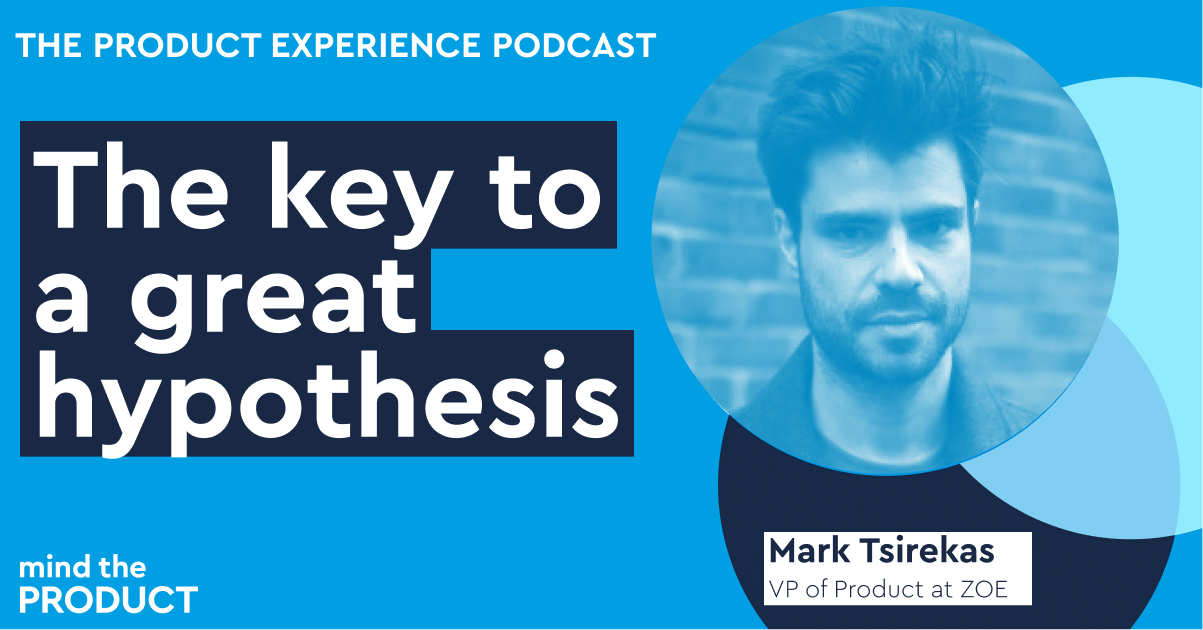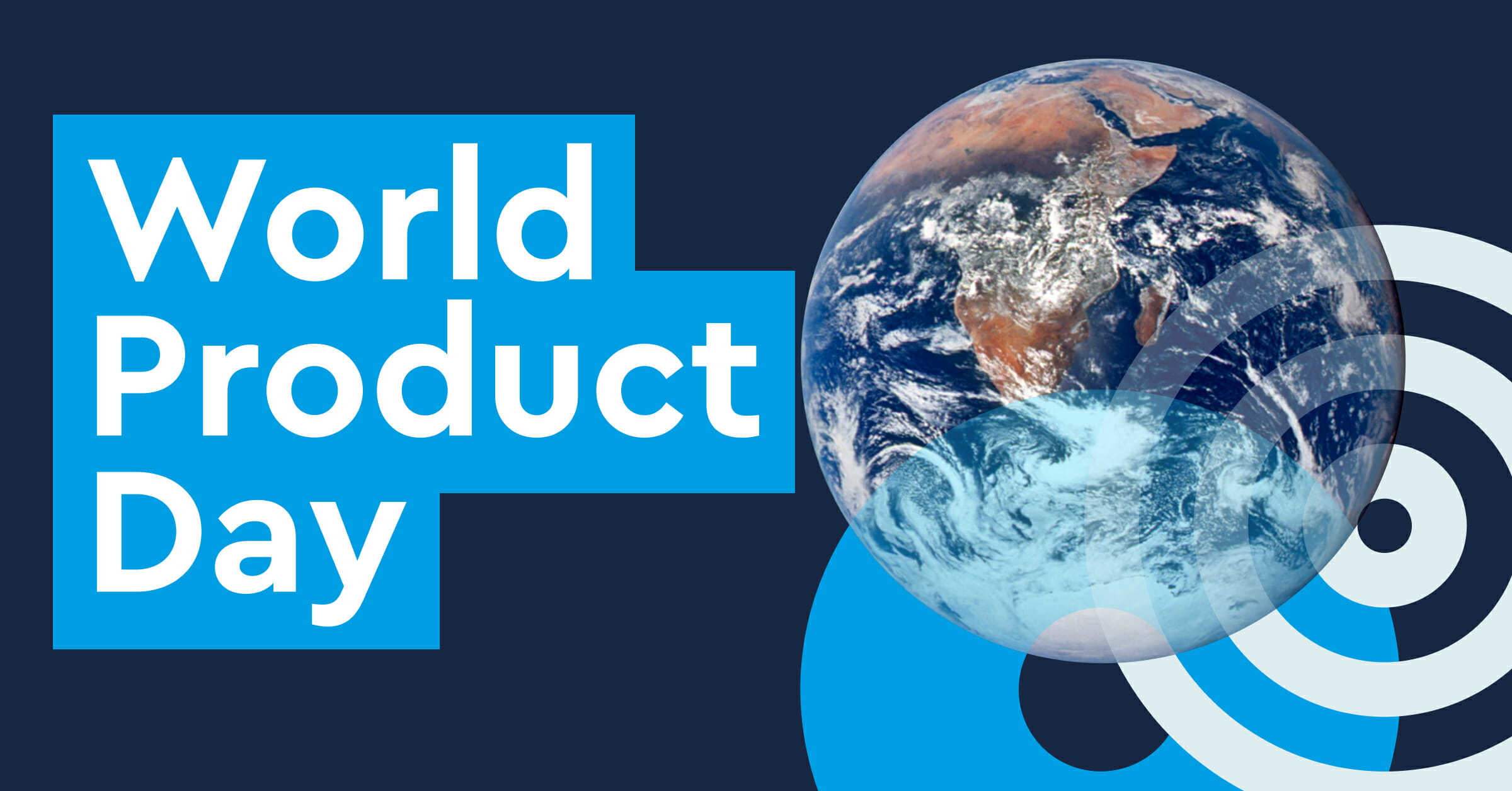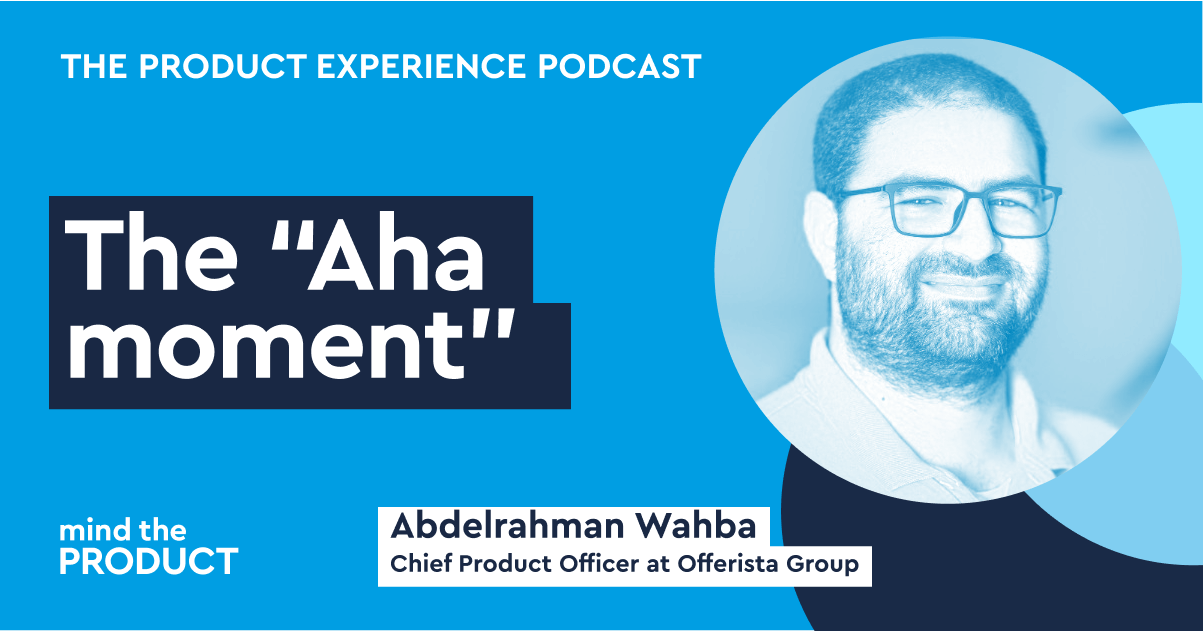Every month, product experts from around the world share their ideas and insights in our Prioritised and MTP Leader content and every month we recap some of their finest tips. So, whether you’re a member who’d love a quick recap or a non-member who’d love a glimpse inside some of our membership content, we’ve got you covered.
Here are this month’s 5 quick tips from the content published in July.
Empathise with different customers
In Make one change to transform your product practice product pros like Jossie Hainess, the VP of Software Engineering and Head of Diversity, Equity and Inclusion (DEI) at Tile, revealed what one thing they believe can transform your product practice. For Jossie, that one thing is empathy.
She’s found through experience that taking time to empathise with different customers reaps its own rewards: “If you don’t have a good representation of your customer base you might not be considering all use cases and all the challenges for your customers,” she says.
She adds: “For example, I talk about empathy in code reviews with my engineers, and I get asked what empathy has to do with it. But if you’re the person writing the code, you have to have empathy for the people reviewing the code and the code reviewer needs to have empathy for the person who wrote the code. Let’s assume all of our co-workers are here to do their best work, so if you see a mistake, instead of coming at someone with a sentence that starts like an attack, you should come at it from a place of curiosity.”
Use ‘business storytelling’ to get the best out of people
Every day as product managers, there’s a need to engage with people — both your team and customers — and deliver results. You can choose to use ‘hard power’ (a boss pulling rank, for example), but this might hurt your chances of success. Soft power (consulting and collaborating to inspire change) might work, but it can be slow, hard to do well, and sometimes too subtle. In Hooked! Connect, engage and inspire with storytelling Yamini Yamini Naidu, author of Supercharge Results with Storytelling suggests we try something different — business storytelling.
Business storytelling, she explains, is about storytelling with a purpose and for results. While hard power informs, soft power invites, story power, as Yamini dubs it, inspires. To illustrate why we need business storytelling, Yamini draws on the teachings of Aristotle to point out the three things required for influence.
Logos, which includes data, facts, figures, and product research. Ethos, which refers to your credibility and how believable you are. And Pathos, an emotional connection. Logos informs but doesn’t shift behavior. Shifting behavior is necessary to influence others. Storytelling can help to fast-track Ethos and Pathos and help you to influence better in your career. While we don’t need stories for everything, Yamini points out that all stories need a purpose. In addition, people need to see data, while stories need to be authentic and genuine to resonate with people truly.
Build EQ into your team
EQ — a key ingredient in the highest performing product development teams, but how to you build it in? In The importance of EQ for product development teams, Nikkia Reveillac, Former Head of Research, Twitter shares some simple tips. She says:
- Let your team know that if they start to think about emotional intelligence as a core competence they’re likely to get faster decision making.
- Point out that they’ll also be able to pivot more quickly. That means higher productivity, higher morale, less attrition, more profits.
- Include behavioural questions in preliminary candidate screening. Come up with them by thinking about the most common sources of friction, for example, she says: “You’ve been told by someone in leadership that you need to cut several weeks out of your timeline, and launch the first version of the product, much earlier than you plan. You know that this will mean sacrificing the issuance of phases of assessment and research with users to get crucial feedback on the experience, something that you and your team agreed was essential given the risk. How might you approach your next steps here?”
- Model the right behaviour — this is very important for ensuring emotional intelligence is a core competency for a team.
Let product culture breed success
In Impossible outcomes, Bruce MaCarthy, co-author of Product Roadmaps Relaunched, reveals that success is “really not about technology. It’s really not about any particular structure, or words or toolset. It’s really about habits of mind – it’s really about culture.”
To create this culture, he explains, there are three requirements:
- Vision: A compelling vision of the future where people are powerful and capable, and accomplish great things – even the seemingly impossible.
- Strategy: Commercially viable opportunities that form each step towards realising the ultimate vision.
- Team: The right kind of team, Bruce says, referencing Marty Kagan, is made of “missionaries, not mercenaries” – a group of people dedicated to realising and reaching the impossible vision.
Bruce reminds us to look at vision, strategy, and team when understanding the journey to achieve impossible outcomes. “Maybe this sounds obvious”, he says, “but a lot of companies are not doing it this way and that’s where the differentiation comes in.”
Take time to understand why people are struggling
In an AMA with Lara Hogan on resilient management, Lara explains that as we emerge from the pandemic, many people are reconsidering their careers and livelihoods. When asked how to manage ‘the great resignation’ Lara says that people are leaving their jobs because they need a break. Leaders must be clear about what the business has to offer your team and be aware that you may unfortunately not have what they want. “Brace yourself for a tough hiring season. People are genuinely tired and need a break.”
If people seem to be struggling or underperforming, don’t assume that everyone is like you either, Lara says. Always look for opportunities to learn things about your team. Ask specific questions to learn and become aware of what they need. “As last year showed us, we all react differently to extended grief. Organise catch-ups often to help ensure that you’re up to date on how your team is feeling.”
Lara also provides a number of visible warning signs of emotional trauma to look out for. If you spot them, take the necessary steps to counter the problems:
- Teams doubting themselves or playing devil’s advocate
- Individuals creating conflict amongst team members
- Being visibly non-responsive or distance
- When a team member is actively bonding with others about their issues
- Individuals looking for an escape route through long-term sick leave or short-term absence
There’s more where this came from
Thousands of Mind the Product members are already leveling up their careers, honing their product craft, and uncovering new ways to build great products. Join them to unlock more content like that featured here, plus:
- Premium deep dives, reports and case studies
- ALL #mtpcon keynote and sessions videos
- Exclusive events — AMAs, panels and fireside chats
- Roundtable discussions — talk product with new connections
Discover Prioritised membership or compare all membership plans.








Comments
Join the community
Sign up for free to share your thoughts